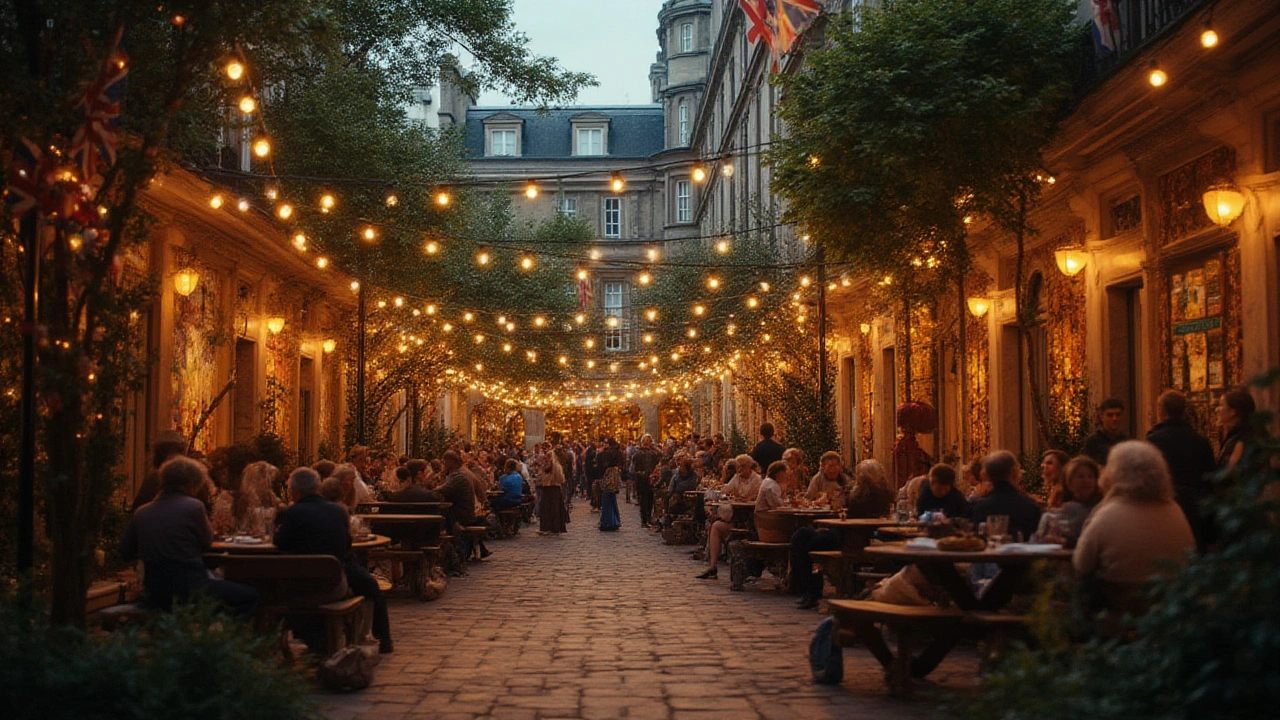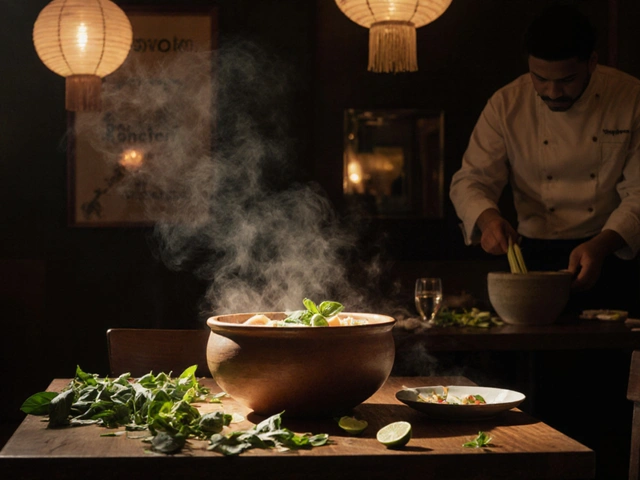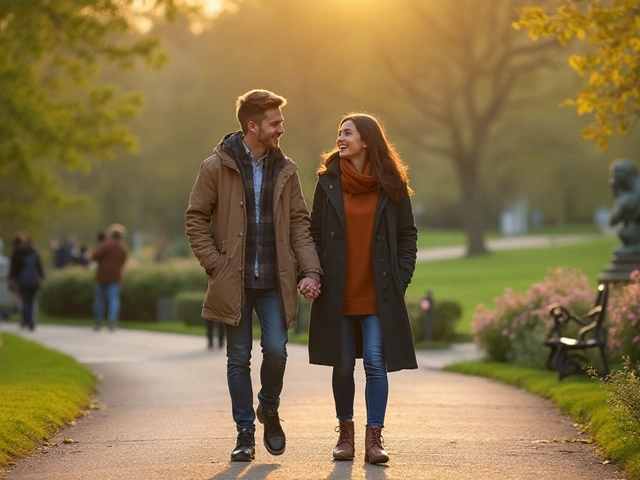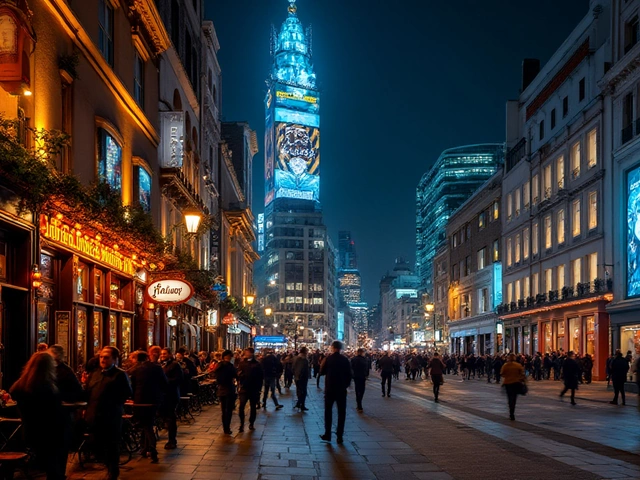
Most people heading out for an art day in London make a beeline for the Tate Modern, the National Gallery, or the V&A. Great spots, no doubt—but ever notice how the same names and pieces pop up in every conversation? If you’re itching to break away from the usual route, welcome to the quieter corners of the city’s art world. There’s far more going on than what the tourist maps show.
London is packed with tucked-away galleries and creative spaces, many sitting right under your nose in places like Dalston, Bermondsey, or even a Camden railway arch. Some masterpieces are hidden in the old pubs you grab a pint in or the tiny studios above barber shops. These aren’t just wall-fillers either—some of these works go on to become the talk of the London art market after a few years.
If you want to spot something special before it turns into London’s next ‘must-see,’ you’ve got to step off the main roads. Forget about queues and ticketing websites. You’ll find yourself talking to artists, joining an art walk in East End, or stumbling on an exhibition because you liked the music drifting out of a gallery doorway. That’s when London feels less like a city of crowds and more like your own playground.
- Beyond the Big Museums: Where the Real Discoveries Happen
- Hidden Galleries and Art Spaces You’ve Walked Past
- Up-and-Coming Talent: Catching London’s Next Big Artists
- Tips for Exploring Art in London Like a Local
Beyond the Big Museums: Where the Real Discoveries Happen
Sure, the British Museum has mummies and the Tate Modern has the iconic Turbine Hall, but if you want real surprises, you need to leave the famous addresses behind. London’s real art discoveries are hiding in places like the Bermondsey Project Space or inside The Old Police Station in Deptford. Even in Brixton, tucked behind busy markets, you’ll find the 198 Gallery packed with fresh ideas from artists outside the mainstream.
These smaller galleries and pop-up spaces are often where collectors, critics, and plain old art lovers spot the next big thing. Ever wondered where the YBAs (Young British Artists) like Tracey Emin or Damien Hirst first showed off their work? It wasn’t in the grand halls of the National Gallery—it was in tiny, independent galleries scattered around London, sometimes funded by artists themselves.
You also get a chance to talk directly to the people who created the art. At places like Studio Voltaire in Clapham or South London Gallery in Peckham, artists hang around at openings and love answering questions, even if you’re not planning to splash out on a painting. These spots host affordable events, talks, and community workshops, so you can get involved without any fuss.
- Look out for late-night exhibition openings—First Thursdays in East London’s galleries are known for free drinks and casual chats with artists.
- Follow local art collectives on Instagram for alerts on secret pop-up shows. For example, Collective Ending in Hackney is legendary for last-minute event announcements.
- Try artist-run spaces like Gasworks in Vauxhall—many now-famous UK artists kicked off their careers there with residencies or experimental shows.
What really sets these gems apart is how accessible they feel, compared to the big museums with turnstiles and endless souvenir shops. The best part? Entry is usually free or donation-based, making it one of the most budget-friendly ways to dive into the city’s creativity.
| Gallery | Neighbourhood | Entry Cost | Focus |
|---|---|---|---|
| Bermondsey Project Space | Bermondsey | Free | Contemporary UK artists |
| 198 Gallery | Brixton | Donation | Emerging artists & global perspectives |
| Studio Voltaire | Clapham | Free | Community programmes |
| Gasworks | Vauxhall | Free | Artist residencies |
If you’re after London art experiences that shake up your usual museum routine, start roaming these smaller hubs. You’ll spot real, risky work and maybe walk past a future superstar. Turns out, the masterpieces you haven’t seen yet are often just a few Tube stops away—but a world apart from the crowded classics.
Hidden Galleries and Art Spaces You’ve Walked Past
It’s wild how many London art spaces are hidden in plain sight. Most people rush past without even realising they’ve walked by some of the city’s most interesting galleries. Unlike the massive museums, these spots are small, local, and sometimes just open for a few weekends. The Whitechapel Gallery might grab headlines, but have you heard of The Approach in Bethnal Green? It’s above a pub, easy to miss unless you look up. Their exhibitions bring in hot new artists—and you can even grab a pint after roaming the shows.
Then there’s South London Gallery in Peckham. This one’s tucked down a side street, with a lovely café and a bookshop next door. Serious collectors stop here, but anyone can walk in off the street without paying. Over in Hackney, Bold Tendencies runs out of a multi-storey car park every summer. Picture large sculptures, rooftop views, and live events—the vibe couldn’t be less like a stuffy museum.
Don’t skip Studio Voltaire in Clapham either. It’s hidden on a residential street, famous for turning little-known talent into major UK artists. The gallery is known for edgy, contemporary shows, plus its annual Art Sale where you can actually buy affordable work. And if you ever stroll along Bermondsey Street, look out for VITRINE. The display is right behind glass windows, visible 24/7 from the pavement, no ticket or appointment needed.
- Many hidden galleries, like Arcadia Missa in Peckham and Transition Gallery in Regent Studios, launch exclusive events via Instagram. Follow them to stay in-the-know.
- Lots of these places don’t have stuffy entry rules or big security teams—just walk in and see what’s new.
- Look for “private view” evenings; they’re often free, and you can chat with artists and grab a glass of cheap bubbly.
If you like hard data, here’s something that might surprise you: more than 200 independent galleries are scattered across Greater London. Here’s a quick peek at how they’re spread out:
| Area | No. of Galleries |
|---|---|
| East London | 65+ |
| South London | 41 |
| Central London | 55 |
| North & West London | 40+ |
So, next time you’re headed somewhere familiar, peek down an alley or above a coffee shop—you might stumble into a space showing tomorrow’s biggest name in UK art.
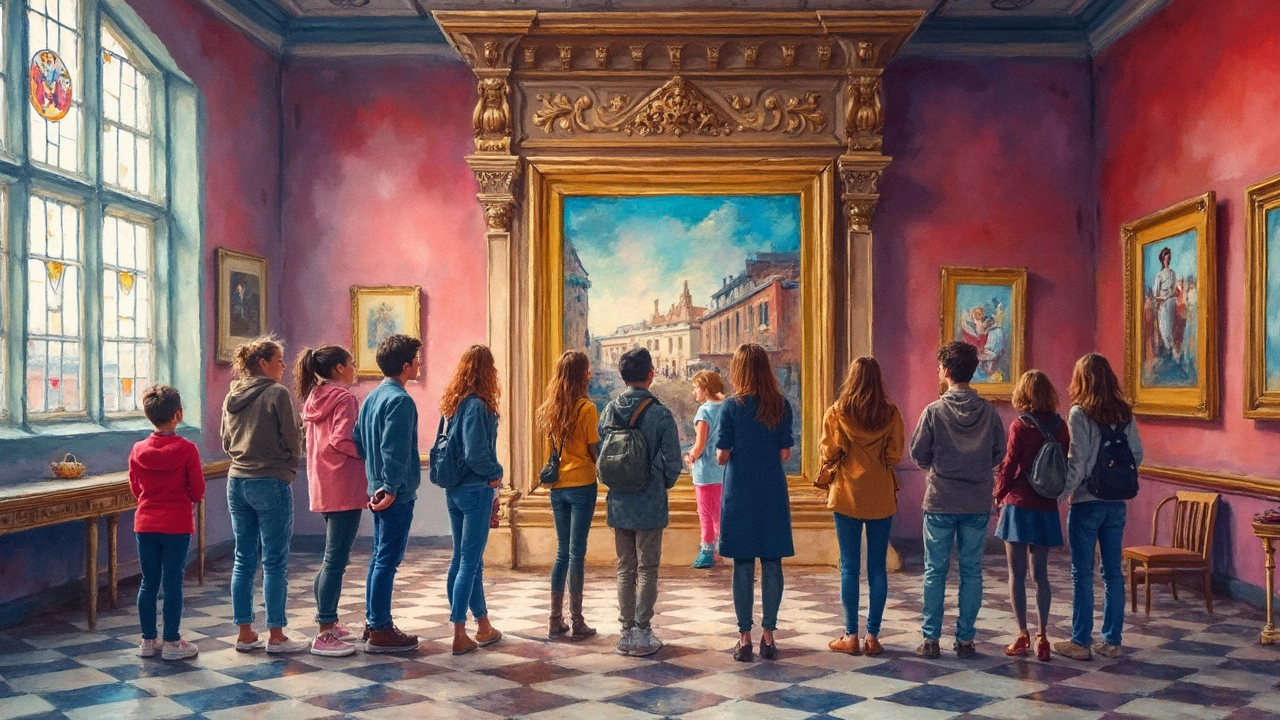
Up-and-Coming Talent: Catching London’s Next Big Artists
Trying to spot the next superstar before the crowds do? London is buzzing with up-and-coming artists, and you don’t need an invite-only preview to see what’s new. In fact, some of the best finds happen in small-scale shows, independent studios, and even charity exhibitions. Forget about pieces selling for millions—think edgy, interesting work you can still afford and artists who might chat willingly about their process while hanging up the last bits of tape.
Places like the Royal College of Art (RCA) graduate show are legendary for giving a glimpse into the future of London art. Names like Tracey Emin and David Hockney once showed work here before hitting the headlines. The Graduate Art Prize and New Contemporaries also draw serious local art lovers every year. If you pop down to the New Art Projects in Hackney or Studio Voltaire in Clapham, you’re likely to see someone who’ll headline at Frieze London in a few years’ time.
According to Arts Council England, London hosts over 17,000 creative businesses, with a growing number of them led by artists under 35. Young creators from Goldsmiths, Central Saint Martins, and Slade School of Fine Art are shaking things up with everything from video installations to sustainable sculpture.
"You could see the next Lubaina Himid or Steve McQueen showing work around the corner from your local coffee shop—London’s scene is open like that." — Helen Sumpter, Time Out London
Here’s how to spot up-and-coming talent in London art:
- Go to end-of-year student shows at London’s art schools. They’re usually free and sometimes even offer free drinks.
- Follow local galleries like Saatchi Gallery, Whitechapel Gallery, and Tiwani Contemporary on Instagram for pop-up openings.
- Keep an eye out for affordable art fairs—like The Other Art Fair in King’s Cross—where you can talk to artists directly and snag a bargain.
- Sign up for newsletters from smaller spots like Peckham’s South London Gallery, which often announce last-minute private views and meet-the-artist sessions.
If you want a peek at how much energy is swirling in London right now, check out these numbers:
| Event | Average Attendance (2024) | Emerging Artists Showcased |
|---|---|---|
| The Other Art Fair | 14,000 | 180+ |
| RCA Graduate Show | 6,500 | 700+ |
| Goldsmiths Degree Show | 3,800 | 350+ |
The bottom line? Don’t wait until artists are on billboards along the Thames. London’s next big artist might be showing tomorrow just three Tube stops away. Keep your eyes open—you never know whose work you’ll discover.
Tips for Exploring Art in London Like a Local
Forget about just following the crowds at the usual hotspots. London’s best art finds hide in plain sight, sometimes just around the corner from the coffee shop you visit every morning. Locals go about it differently, and it’s all about knowing where to look and what to ask for. Here’s how you can get in on the action and really soak up the London art scene without missing out.
- Sign up for Gallery Mailing Lists: Loads of independent galleries like Whitechapel Gallery or South London Gallery send invites to private viewings and previews, usually with wine and a crowd that loves to talk about art. These aren't just for insiders—anyone can join their email lists.
- Follow Local Artists and Spaces on Instagram: Most up-and-coming London artists announce pop-up exhibitions or open studios on social media before the mainstream press catches up. Areas like Peckham and Hackney are especially lively online when it comes to new shows.
- Plan Your Own Art Walk: Pick a neighbourhood—say, Shoreditch or Bermondsey—check Google Maps for small galleries, and just wander. You’ll find gems like the Drawing Room or Arcadia Missa hiding in narrow streets or upstairs rooms.
- Use Art Map London: This free online resource drops pins on current exhibitions, private views, and art events across the city. It’s a lifesaver if you hate missing the latest buzz.
- Don’t Skip Lesser-Known Museums: The Foundling Museum, for example, mixes social history and art in Bloomsbury, while the Estorick Collection in Islington is home to some of the best modern Italian art outside Italy—almost never crowded.
If you’re a stats person, here’s how things compare between London’s big-name museums and local galleries:
| Venue Type | Avg. Annual Visitors | Typical Entry Cost | Chance of Meeting the Artist |
|---|---|---|---|
| Major Museums (e.g. Tate Modern) | Over 5 million | Free for main collection, but £20+ for special shows | Very rare |
| Independent Galleries (e.g. South London Gallery) | Below 100,000 | Often free | High, especially at previews |
Plan your art adventures for weekday afternoons or during events like First Thursdays (when East London galleries stay open late). You’ll avoid crowds and probably get the chance to chat with an artist or two. Bring a notebook or snap photos of artists’ names on exhibition flyers—you’ll want to remember who you discovered before everyone else catches on.

